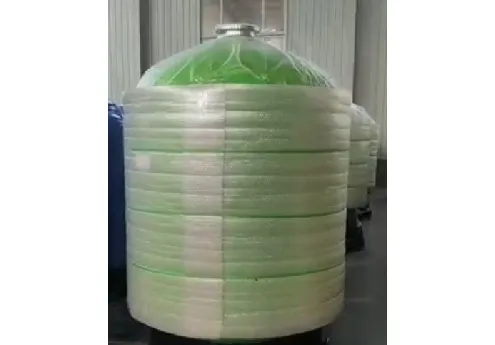loading...
- No. 9, Xingyuan South Street, Dongwaihuan Road, Zaoqiang County, Hengshui, Hebei, China
- admin@zjcomposites.com
- +86 15097380338
- Welcome to visit our website!
Aluminum Floor Grating Options for Durable and Lightweight Construction Solutions
The Advantages and Applications of Aluminium Floor Grating
Aluminium floor grating is increasingly being recognized for its versatile applications and numerous advantages in various industries. This robust material is not only lightweight and corrosion-resistant but also offers a safe and durable flooring solution suitable for several environments such as industrial sites, commercial buildings, and even residential spaces.
Characteristics of Aluminium Floor Grating
One of the primary reasons for the popularity of aluminium floor grating is its exceptional resistance to corrosion. Unlike steel, which tends to rust when exposed to moisture, aluminium naturally forms a protective oxide layer that makes it highly resistant to the elements. This property is particularly beneficial in environments where humidity and exposure to chemicals are commonplace. As a result, aluminium floor grating is ideal for use in water treatment facilities, chemical plants, and outdoor settings subjected to weathering.
Moreover, aluminium is lightweight compared to other metals, making it easier to transport and install. This feature significantly reduces labor costs and installation time, which can be a critical factor in large-scale projects. The combination of its light weight and high strength allows for longer spans between supports, a valuable characteristic in the design of expansive walking surfaces.
Safety Benefits
Safety is a paramount concern in any setting, whether it be a factory floor or a commercial building. Aluminium floor grating has inherent slip resistance, making it a safer option for environments where spills are common or where numerous workers traverse daily. Many manufacturers offer grating with a range of surface finishes, such as serrated or perforated designs, which further enhance grip underfoot. This safety feature reduces the likelihood of accidents, improving overall workplace safety and compliance with occupational health standards.
Additionally, aluminium floor grating is non-combustible and does not emit harmful fumes when exposed to high temperatures. This characteristic is particularly advantageous in industries that deal with flammable materials or work in high-temperature settings. It ensures that even in the event of a fire, the flooring will not contribute to the hazard, thereby adding an extra layer of safety.
aluminium floor grating

Environmental Impact
In a world increasingly focused on sustainability, aluminium floor grating stands out due to its recyclability. Aluminium is 100% recyclable without loss of properties, which contributes positively to environmental conservation efforts. By choosing aluminium grating, companies can minimize their environmental footprint. Manufacturers often source recycled aluminium, thus reducing energy consumption and raw material waste in production processes.
Applications of Aluminium Floor Grating
The applications of aluminium floor grating are vast and varied. Industries such as aerospace, automotive, marine, and construction utilize this versatile material for its unique properties. In factories, it is often used for walkways, loading platforms, and machine bases. In commercial buildings, it can be found in staircases, balconies, and as part of a safety barrier system.
In addition to industrial applications, aluminium floor grating is gaining traction in residential settings as a stylish and functional option for outdoor patios, pools, and garden walkways. Its aesthetic appeal combined with durability makes it an attractive choice for homeowners looking to enhance their outdoor space.
Conclusion
Aluminium floor grating represents a practical solution for a variety of flooring needs across multiple sectors. Its combination of strength, lightweight properties, corrosion resistance, safety benefits, and aesthetic versatility makes it a top choice for engineers, architects, and builders alike. As industries continue to focus on sustainability and safety, the preference for aluminium floor grating is likely to grow, solidifying its position as a staple in modern construction and design. This material is not just a trend; it is a testament to innovation in flooring solutions, with substantial benefits for users and the environment.
-
The Rise of FRP Profiles: Strong, Lightweight, and Built to LastNewsJul.14,2025
-
SMC Panel Tanks: A Modern Water Storage Solution for All EnvironmentsNewsJul.14,2025
-
GRP Grating: A Modern Solution for Safe and Durable Access SystemsNewsJul.14,2025
-
Galvanized Steel Water Tanks: Durable, Reliable, and Ready for UseNewsJul.14,2025
-
FRP Mini Mesh Grating: The Safer, Smarter Flooring SolutionNewsJul.14,2025
-
Exploring FRP Vessels: Durable Solutions for Modern Fluid HandlingNewsJul.14,2025
-
GRP Structures: The Future of Lightweight, High-Performance EngineeringNewsJun.20,2025
